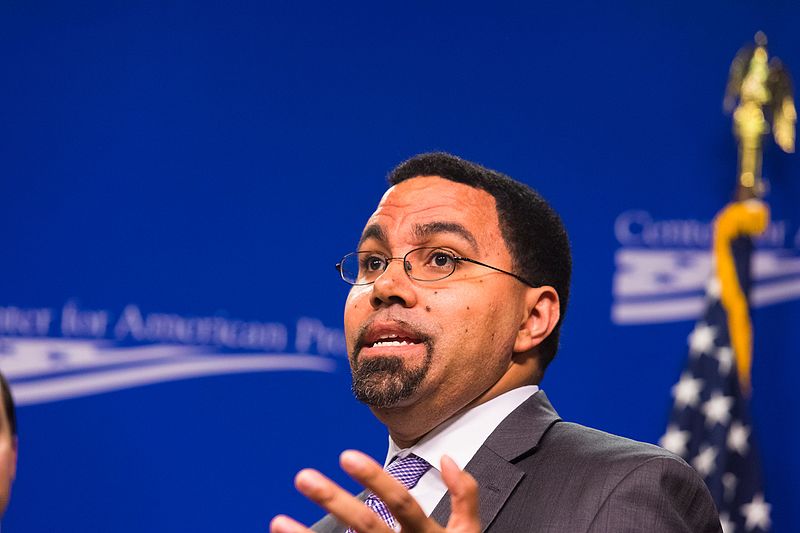Former US Ed Secretary Wants All Student Loans Forgiven
A former US Education Secretary has proposed a bold move to stimulate the economy: wipe the slate clean on all student loan debt.

The student loan crisis in the United States perpetually rages on as the current student loan payment pause ending impends. As the May 1st date looms, student loan borrowers around the nation are stressed that the reinstallment of these payments will cause a further economic crisis. As leaders struggle to figure out different ways to address the issue, one former U.S. Secretary of Education has proposed a very brash move: wipe the slate clean on the entire hefty bill to which Americans still owe on their student loans.
John King, the former Secretary of Education recently told CBS News that his bold proposal to forgive all $1.7 trillion worth of student loan monies owed by borrowers would swiftly speed the nation’s economic recovery from the COVID pandemic. At the same time, it would put 46 million Americans on course to attain financial security and stability. To back his striking proposal up, King motioned to the ’80s.

King told CBS News that the federal government paid an estimated 80% of the cost of college for students back in the 80s through the government’s Pell grant program. Today, that same pell program only pays roughly a third of annual tuition expenses for grant recipients. King’s information does bring up an interesting debate regarding student loans, but there are some gaps in his information.
For one thing, the cost to attend colleges and universities three decades ago is hard to compare to today’s figures, even when accounting for inflation. According to Visual Capitalist, college tuition and fees were reportedly up 1200% while the consumer Price Index (CPI) for all items has risen by only 236%. This shows how disproportionately much more higher ed has raised its costs over time. Therefore, it’s hard to argue that what worked in the 80s could work today with student loans.
But even with the information being skewed, King’s regards to Pell grants seems to be one promising solution, regardless of how unfathomable it is to imagine how Pell grants could amount to the twelve-digit price tag on America’s student loans. During his first State of The Union address, President Biden detailed plans for the federal government to dish out more funds to the Pell grant program. And last week, The current U.S. Education Secretary Miguel Cardona told CBS Mornings that the president’s administration is also currently working out ideas to offer more student loan debt relief.

As it stands, some student loan borrowers qualify for student loan forgiveness programs. The Public Service Loan Forgiveness (PLSF) program was enacted in 2007 to provide loan indebted workers who work full-time in certain public service fields as means to get out of the debt they still owed student loan companies. Over time, the initiative was slow-moving, and it was largely reported that borrowers had little to no success in being able to qualify.
To combat the low approval rate the program was seeing, the Biden administration announced an initiative last October to give former students PSLF waivers. These waivers allowed student loan borrowers to count past periods of repayment that would have been rejected under the PSLF’s original rules. But as much as the program will help, it still makes a small dent in the whopping trillion-dollar figure attached to the nation’s entire student loan debt total.
John King’s proposal is a bold move, that will likely never see the light of day, no matter how many people might agree with it. With a trillion-dollar price tag, the feat is too large to be believable. Instead, King and leaders across the nation should take aim at the larger issue at hand, which is why colleges and universities are allowed to charge ridiculously unbelievable amounts of money for students to receive an education.







